
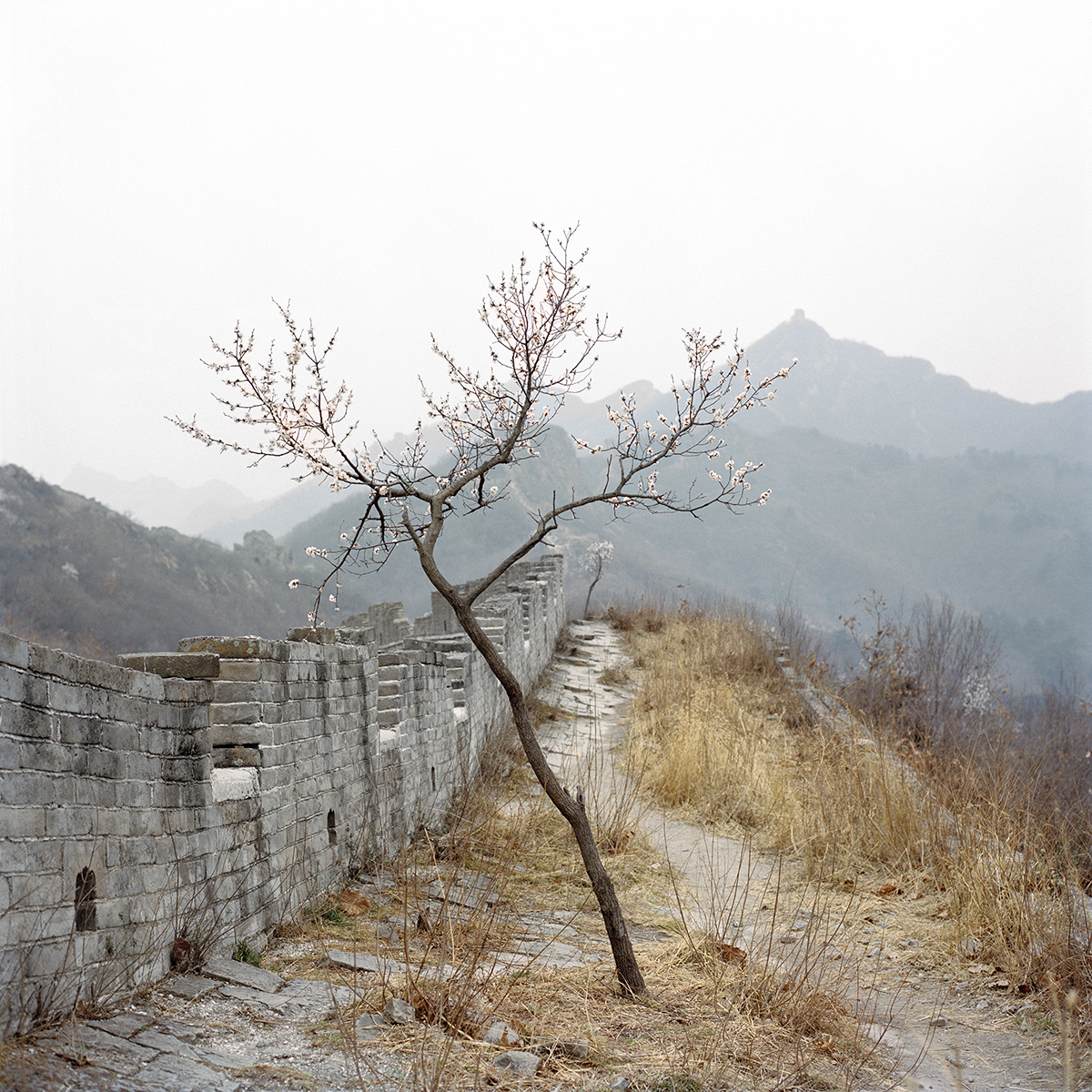


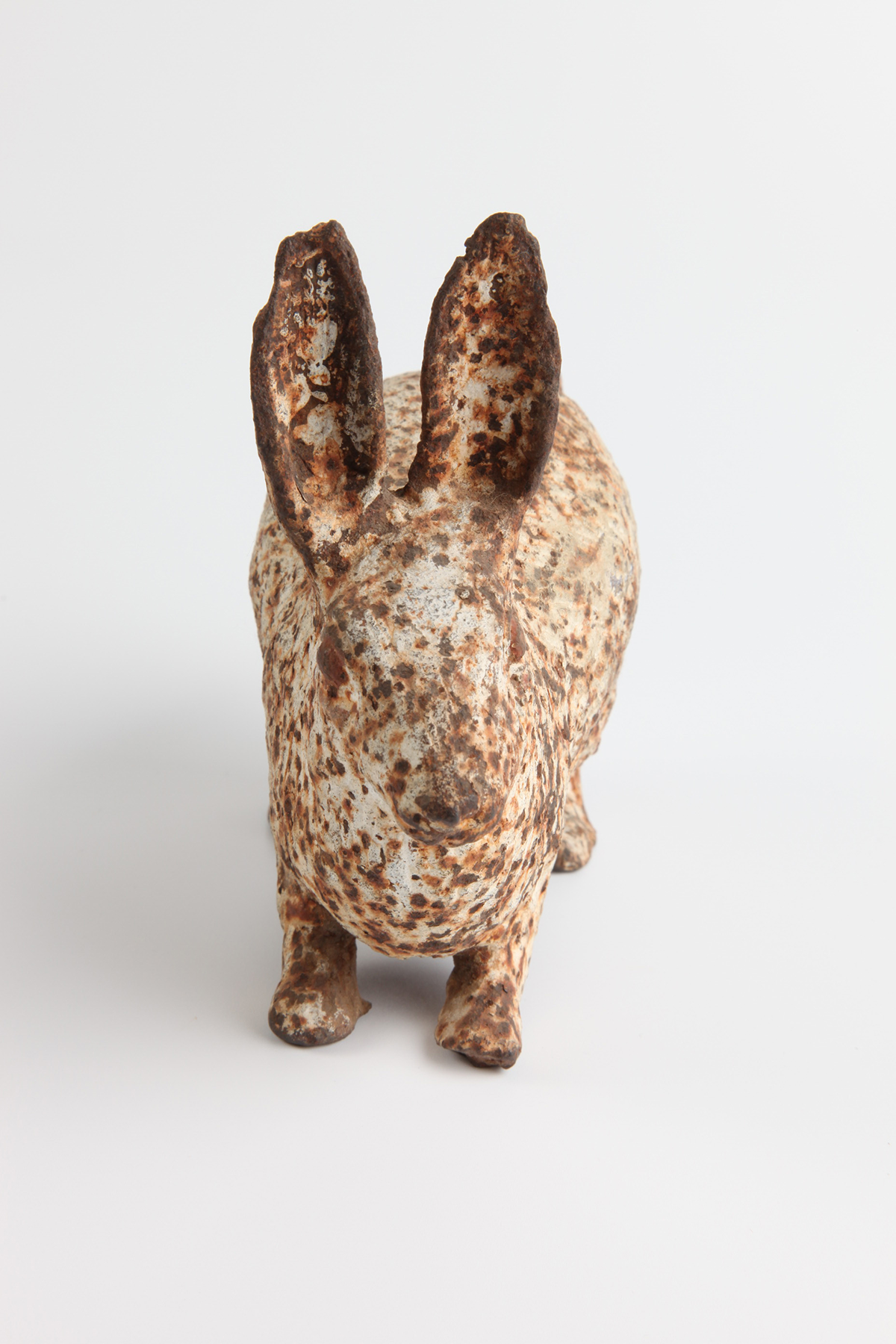
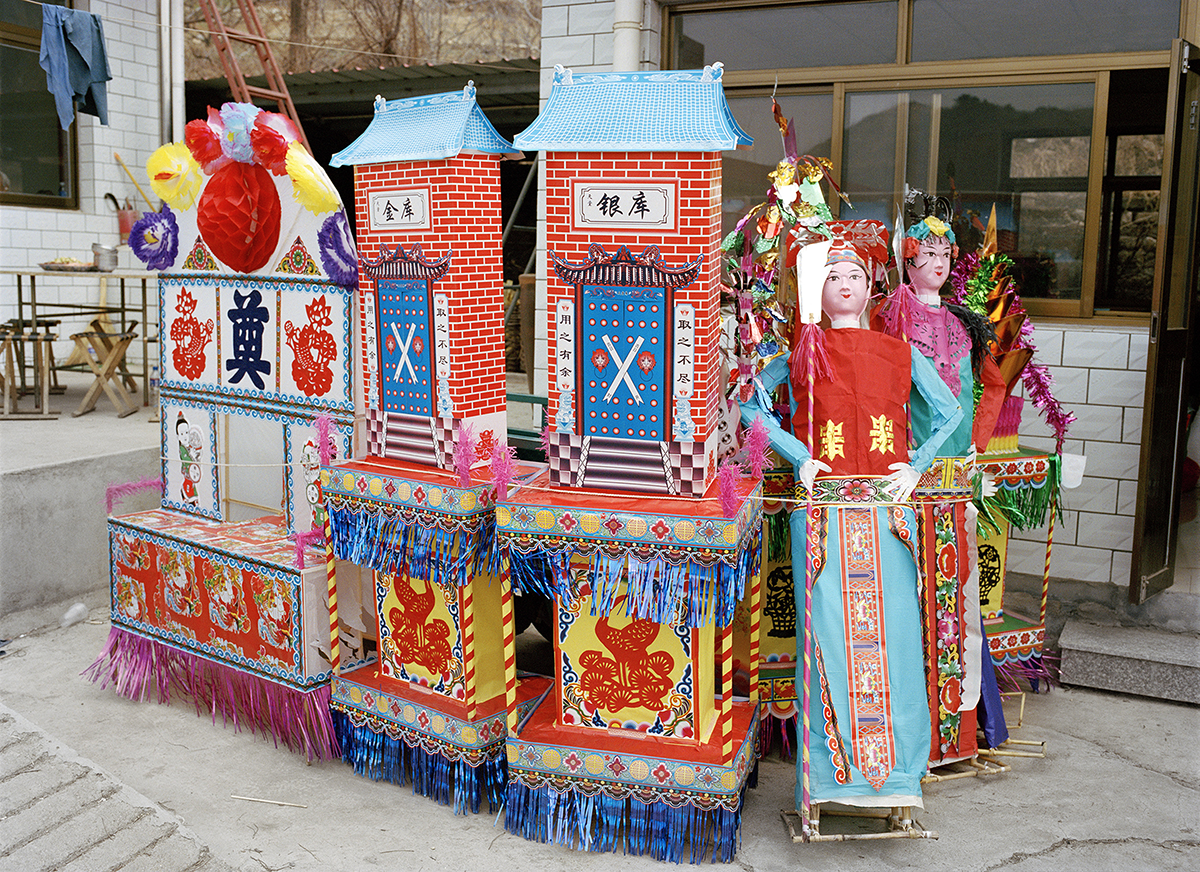
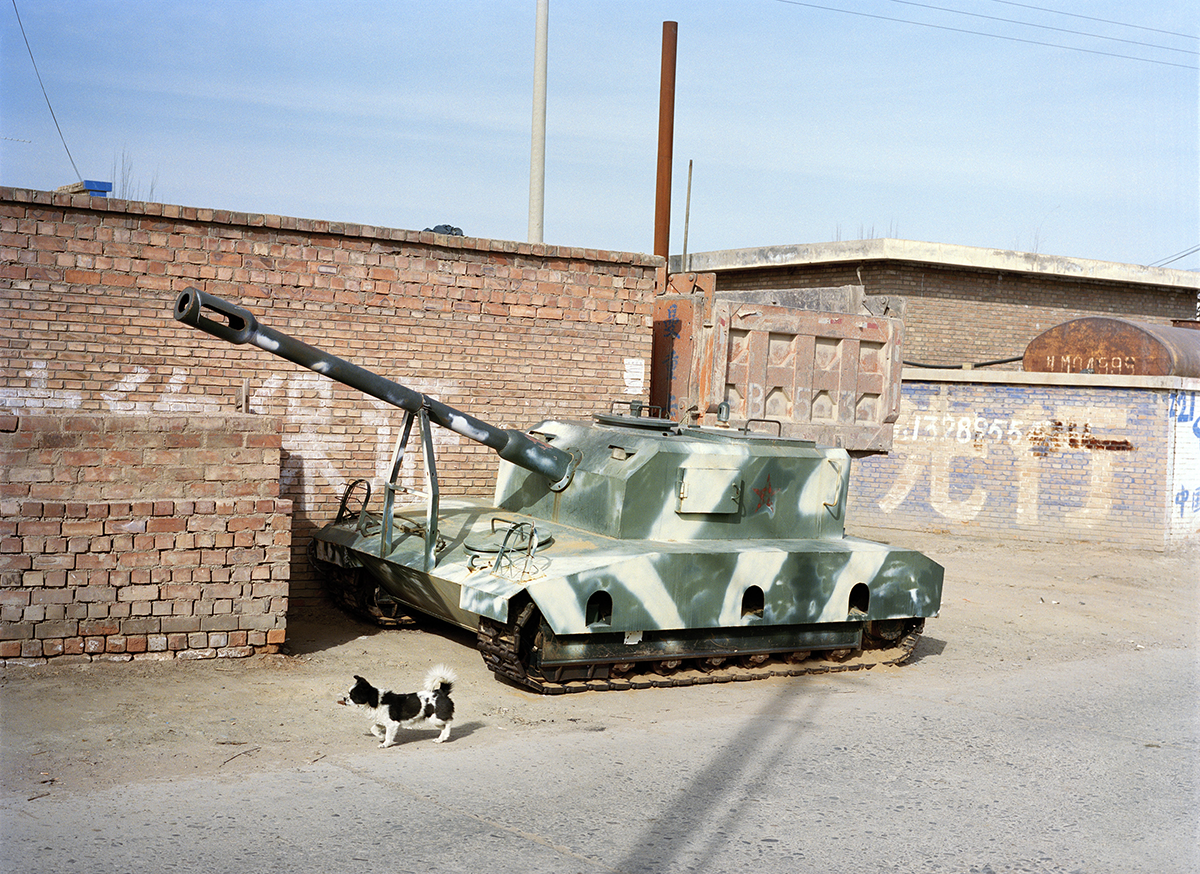

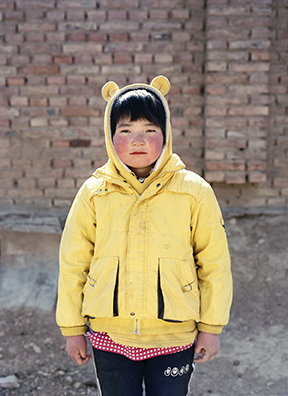
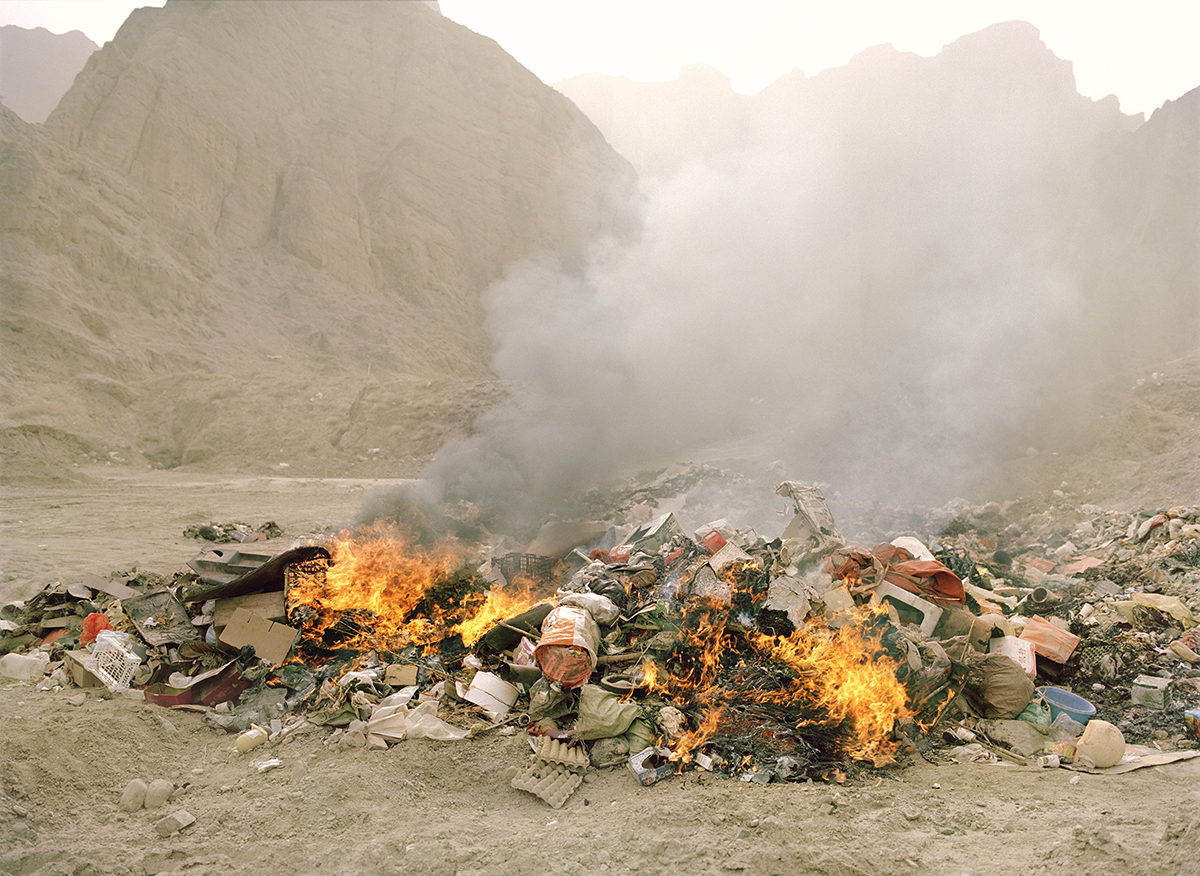
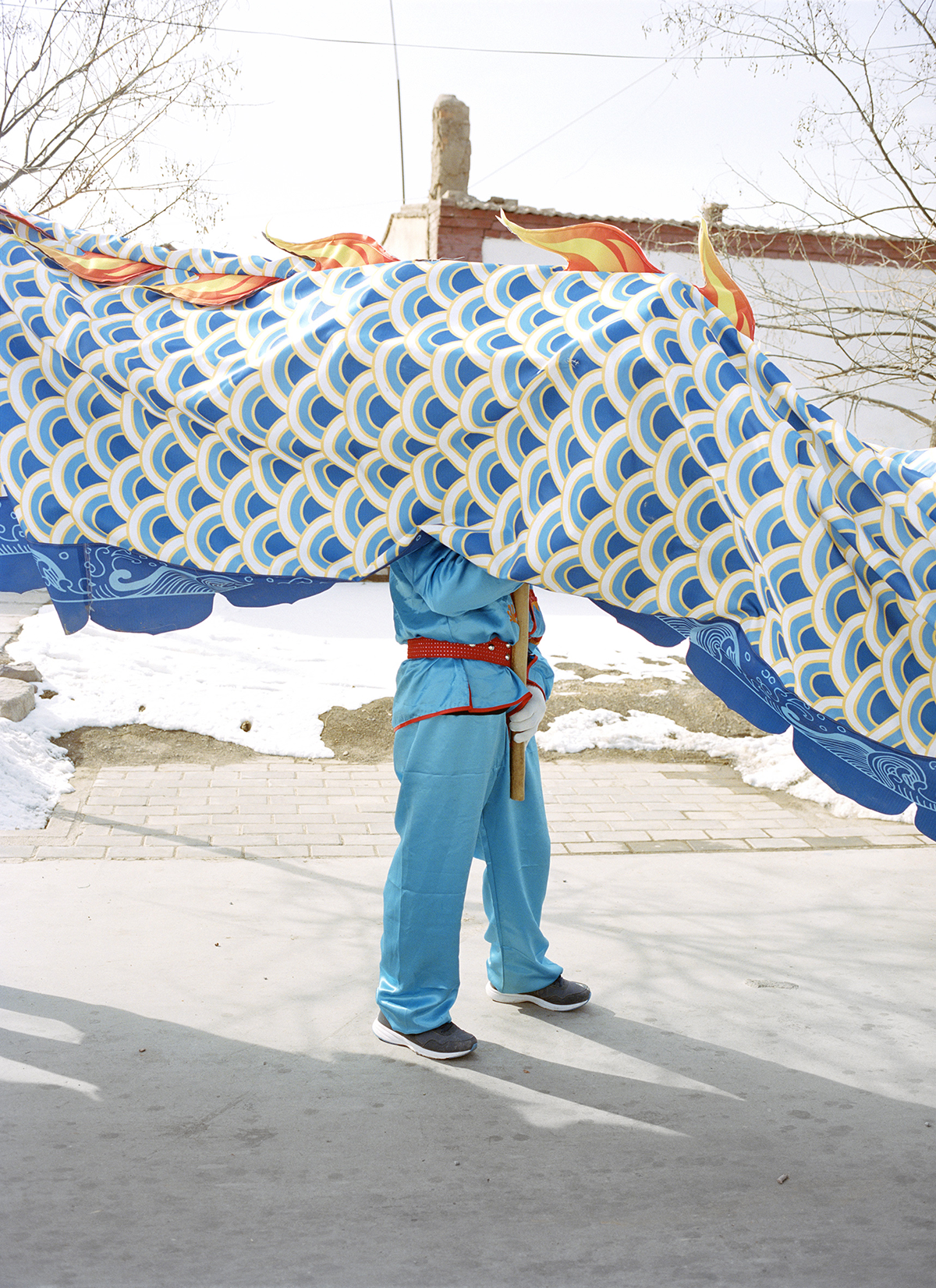
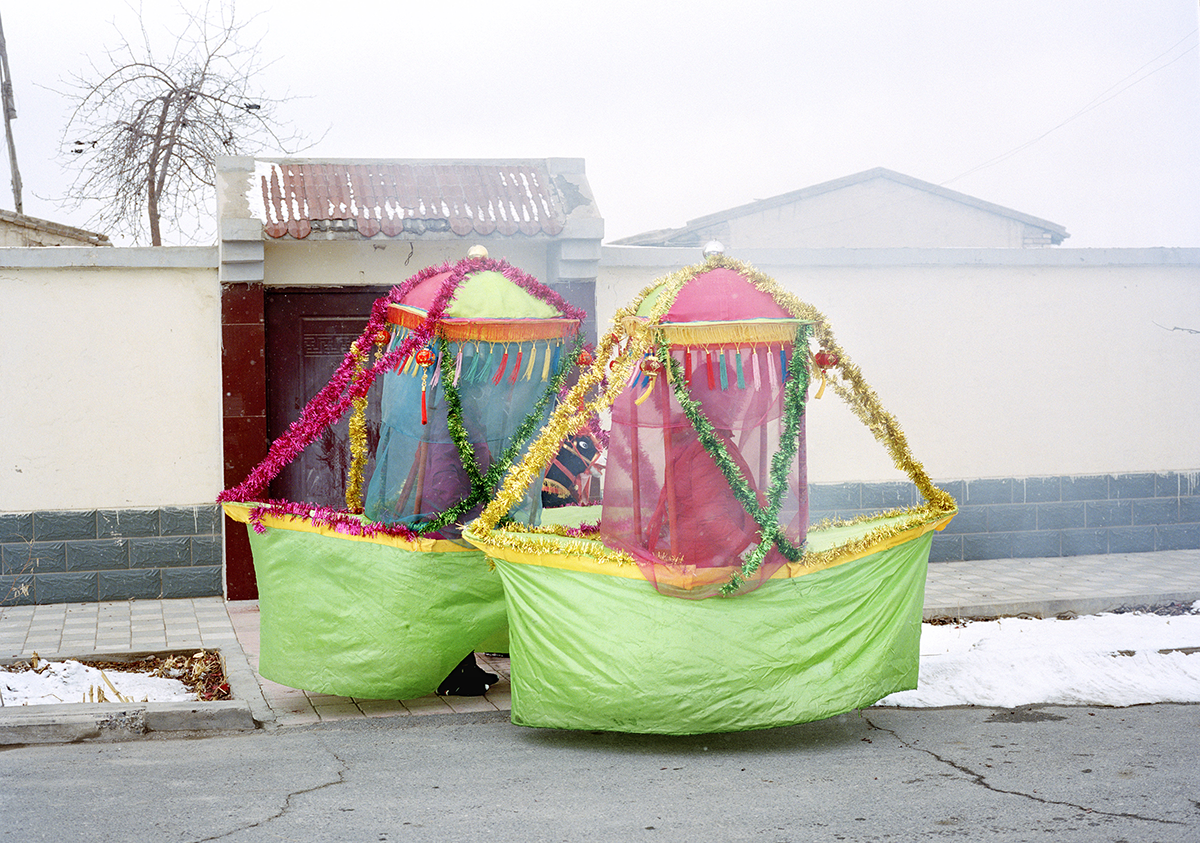
Linda Zhengová
Watering My Horse (by a Spring at the Foot of the Long Wall)
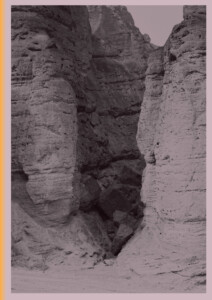
Softcover, 235 x 333 mm, 112 pages
€32
Xiaoxiao Xu (b. 1984, China), a Netherlands-based photographer with Chinese roots, observes both East and West from a distance in order to understand her identity and the stories behind the world she lives in. In her latest monograph, ‘Watering My Horse’ (The Eriskay Connection, 2020), Xu presents a road trip of 25 000 kilometres – following the people who live along the Great Wall of China. The wall is often falsely interpreted as one continuous construction; it is rather a collection of walls and towers that were built during various Chinese dynasties.
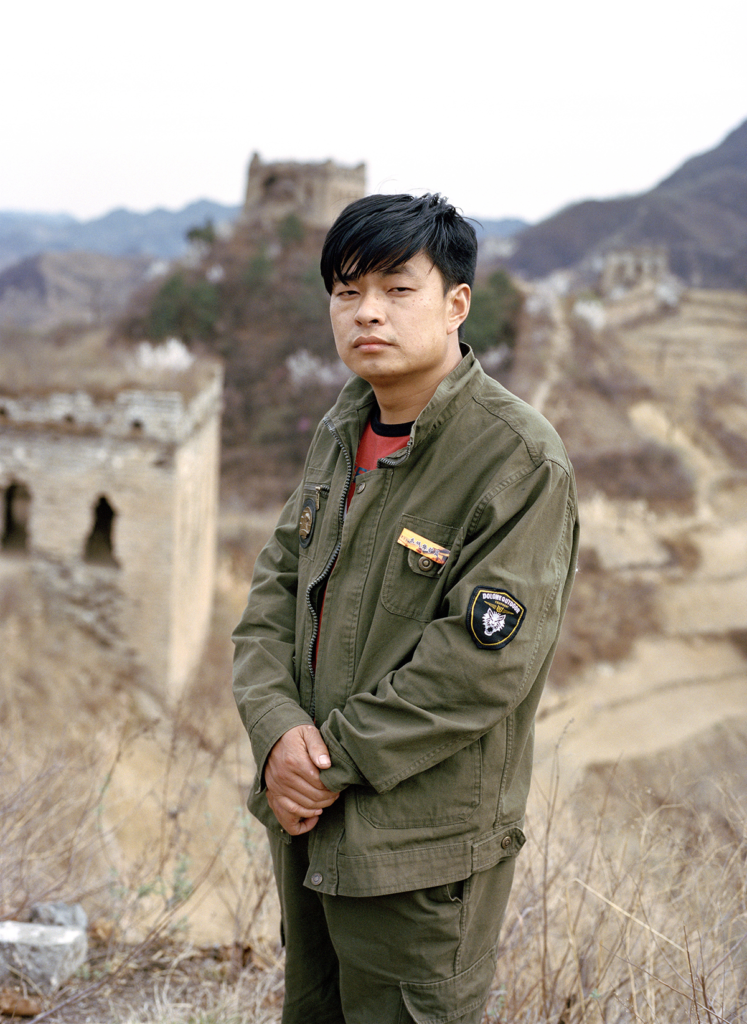
Xu combines her own images with found materials, such as handwritten folkloric stories, pages from a hand-drawn military atlas, mixed with artifacts discovered during excavations of the wall (and described in the back of the book). Flipping the pages, we encounter the seasons to change from spring, autumn to winter in addition to the geographical location of the wall going from east to west. The chronological and geography-specific nature of the book leads to a natural sense of travelling across distant times and places.
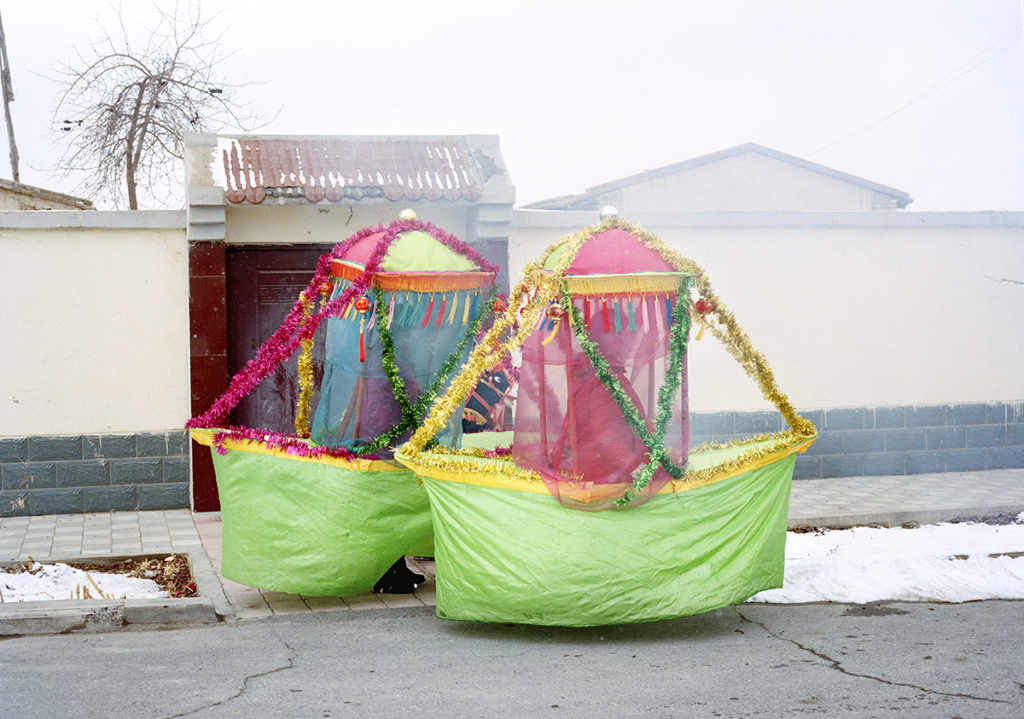
Shepherding, Shehuo, Qingming Festival and funerals. Xu presents them in a sincere and tender way while pointing to their gradual disappearance. Different layers interplay – the intimate and daily lives of people who live by the wall, their traditions, the myths surrounding the construction and the history of the place. Additionally, the deliberate choice of paper and printing evokes a natural and earthy feel from the book.
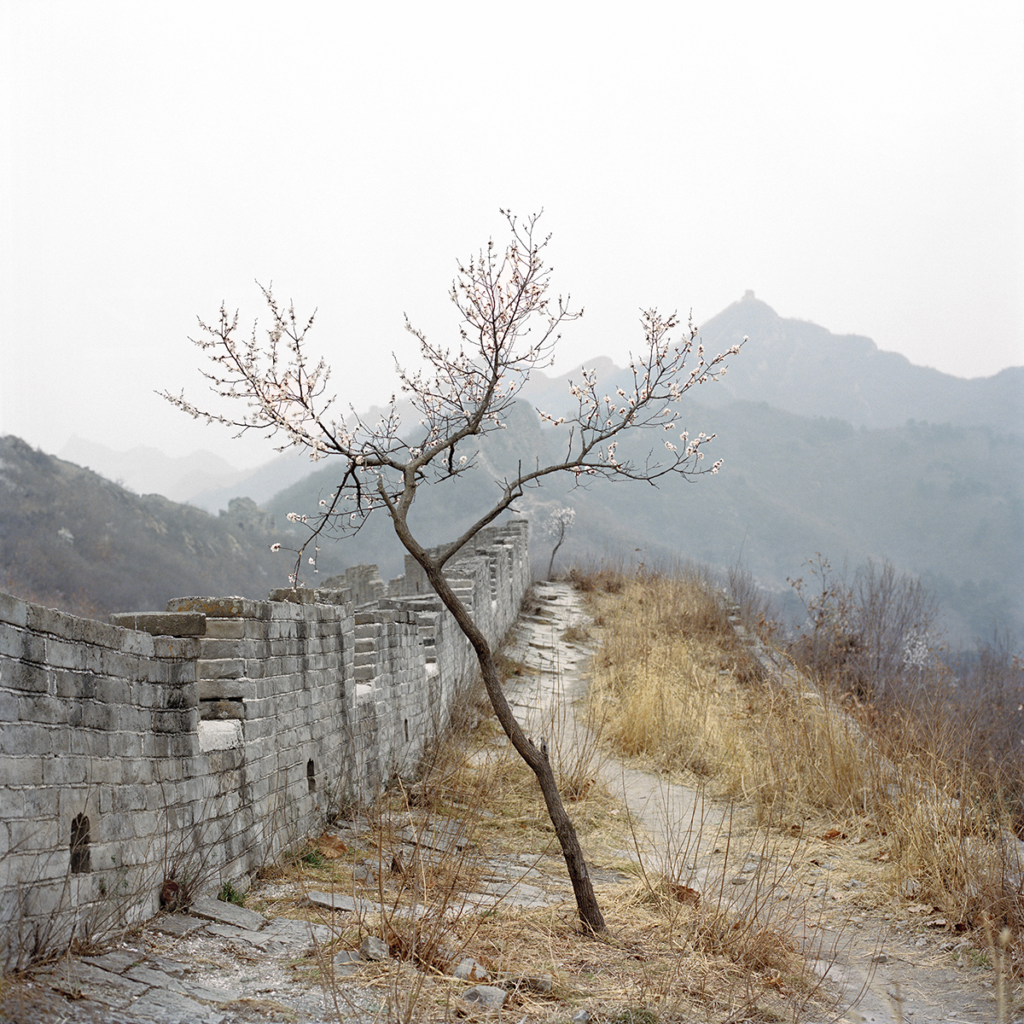
Xu’s perspective of the Chinese Wall strips the construction off laden meanings and presents it, alternatively, as something less defined. Next to folk tales and descriptions of traditions, ‘Watering My Horse’ also contains an essay by writer and art historian Maria-Caterina Bellinetti. She writes: “The loneliness, the tears, the stones, and the relics force us to confront the assumption of the mythical, everlasting nature of the Wall.”